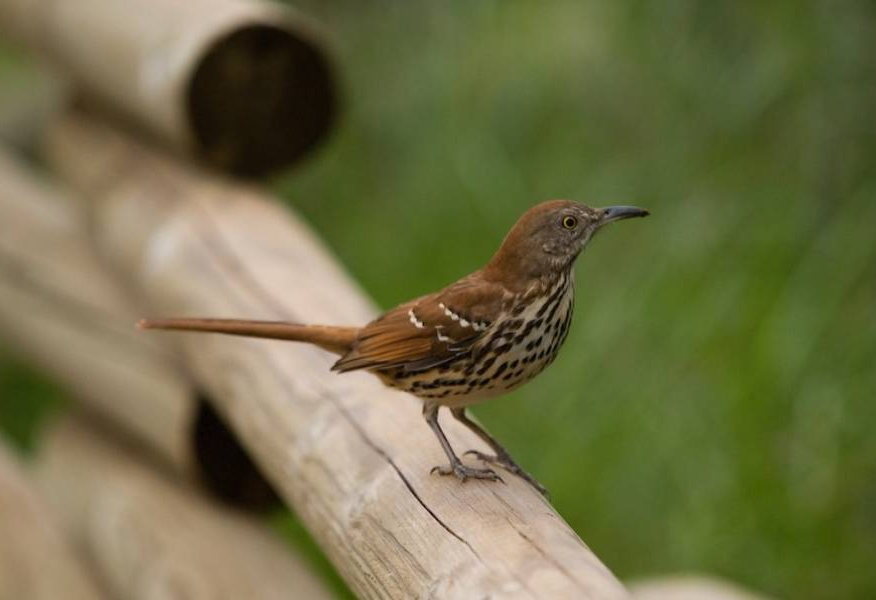Committed to protecting wildlife
Protecting our feathered friends
Did you know?

How you can help
Making Your Windows Bird-Safe
Make the windows in your home safe for birds. There are many ways to do this, but here are some products you can purchase or create your own version of:
Feather Friendly window markers Acopian Bird Savers CollidescapeJoin Lights Out to Protect Migratory Birds
Participate in Lights Out initiatives. Keep up to date on the number of birds passing through your area each night by checking out BirdCast, and on nights when a high volume of migratory birds are expected to pass through, turn off the lights in your home and/or businesses.
Lights Out BirdCastRaise Awareness: Share to Protect Birds
Spread the word! Social media is a powerful tool for conservation, and you can help make a difference by sharing articles, videos and other content about bird-window collisions to help ensure that this enormous threat to bird populations does not go unnoticed.
Report Injured or Deceased Birds on Campus
If you come across a dead bird on the OSU campus, please leave it alone so that researchers from NREM can document and collect it for the study. If you find a bird that appears to have hit a window but is still alive, assess its condition. If it can move around on its own and doesn't appear to have obvious external injuries, leave it be. If it is clearly injured, take it to the small animal rehab at the Boren Veterinary Hospital in Stillwater, or see this link to find a wildlife rehabilitator near you.
Veterinary Medical Hospital The Human Society Wildlife Rehabilitator Finder